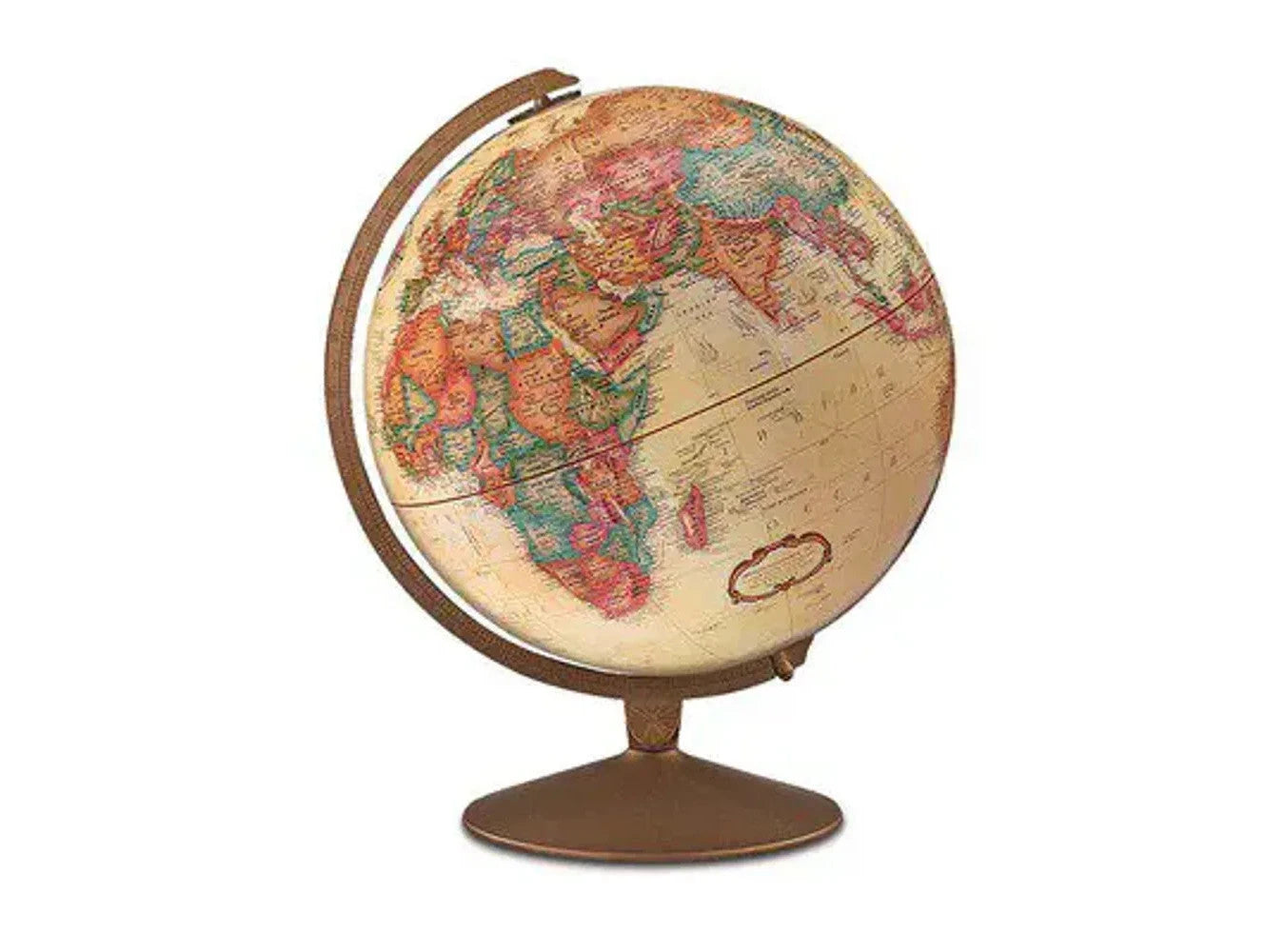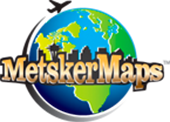What is a Cartographer?
 Ever wondered who’s behind the maps that guide you through the labyrinth of modern life?
Ever wondered who’s behind the maps that guide you through the labyrinth of modern life?
Meet the cartographer—part artist, part scientist, part digital wizard—whose work helps you navigate everything from bustling city streets to remote mountain trails. These professionals don’t just sketch out maps; they blend centuries-old techniques with cutting-edge technology to chart every corner of our planet.
The Art and Science of Cartography
Cartography is a fascinating fusion of science, art, and data interpretation. It’s not just about drawing borders and marking cities; it’s about visualizing spatial relationships, terrain features, and even human activity in a way that makes sense at a glance. Cartographers work with satellite imagery, geographic information systems (GIS), and advanced data analysis to create maps that are as informative as they are visually compelling.

These map-making marvels may find themselves hiking through rugged terrain to verify on-the-ground details or sitting at a high-tech workstation turning layers of complex data into sleek, user-friendly maps. They use everything from GPS technology to aerial drones, and while laser beams might not be in their toolkit (yet), LiDAR (Light Detection and Ranging) technology comes pretty close.
Geographic Information Systems (GIS): The Digital Backbone of Modern Cartography
At the heart of contemporary cartography lies GIS, or Geographic Information Systems—a revolutionary tool that allows cartographers to layer multiple types of data onto a single map. By integrating spatial data with other forms of information, GIS provides insights that are impossible to glean from spreadsheets alone.

GIS is used across industries to enhance decision-making:
- Urban Planning: Helps cities design efficient public transport systems and sustainable developments.
- Environmental Management: Tracks deforestation, monitors climate change, and assesses the impact of natural disasters.
- Public Health: Maps disease outbreaks to help health officials respond effectively.
- Transportation: Optimizes traffic flow and logistics for businesses and municipalities.
- Emergency Response: Aids first responders by mapping evacuation routes and disaster-affected areas.
Thanks to GIS, spatial data is no longer just a static representation of the world—it’s an evolving, interactive tool that helps shape policies, drive business strategies, and improve daily life.
Digital Mapping Platforms: Navigating the Modern World
In an era dominated by smartphones and real-time navigation, digital mapping platforms have become indispensable. These tools allow users to create, analyze, and interact with maps using web-based applications and mobile devices.
Some key features of digital mapping platforms include:
- Map Creation: Users can overlay data onto base maps, incorporating GPS coordinates, geographic boundaries, and real-time updates.
- Data Visualization: Thematic maps highlight trends, such as population density or climate change effects.
- Spatial Analysis: Functions like buffering, spatial querying, and proximity analysis help users extract meaningful insights from geographic data.
- Interactivity: Features like zooming, panning, and pop-ups make maps more engaging and informative.
- Collaboration: Cloud-based systems enable multiple users to work on a map simultaneously, ensuring seamless updates and shared insights.
- Integration with Other Software: Many mapping platforms connect with external databases and analytics tools for a more comprehensive approach.

Popular digital mapping platforms include Google Maps API, Esri ArcGIS Online, Mapbox, and open-source alternatives like QGIS. Whether you’re plotting a road trip or managing global logistics, these platforms provide the tools to navigate and understand the world more effectively.
Thematic Mapping: Bringing Data to Life
Thematic maps go beyond simple geography to tell a story. Instead of just depicting roads and rivers, they illustrate specific themes—such as climate zones, election results, or economic activity—through color coding, symbols, and other visual techniques.
Common types of thematic maps include:
- Choropleth Maps: Use color gradients to represent data variations (e.g., population density across different regions).
- Dot Density Maps: Depict concentrations of data points, such as crime incidents or disease outbreaks.
- Flow Maps: Show movement trends, like migration patterns or trade routes.
-
Cartograms: Distort geographic areas to reflect specific data values, such as GDP or internet usage.

By presenting data in a visual format, thematic maps make complex information more digestible and actionable, helping policymakers, researchers, and the public alike grasp trends and relationships that might otherwise go unnoticed.
Visualizing Data: The Power of Cartographic Storytelling
In today’s data-driven world, raw numbers alone are often overwhelming. That’s where cartographers excel—they transform data into clear, intuitive visual representations. Their skills are crucial in diverse fields, from healthcare and finance to urban planning and environmental science.
For example:
- Public Health: Maps tracking disease outbreaks can help pinpoint high-risk areas and guide resource allocation.
- Finance: Visual dashboards simplify investment trends and economic shifts.
- Social Sciences: Demographic maps reveal patterns of migration, income distribution, and social inequality.
Through compelling visuals, cartographers make sense of vast datasets, allowing us to see the bigger picture at a glance.
Cartography in Academia and Education
Cartographers don’t just create maps—they also teach and conduct research. In academic settings, they push the boundaries of spatial analysis, develop new mapping techniques, and contribute to our understanding of geography and earth sciences.
A legendary figure in cartographic history is Marie Tharp, a geologist and oceanographic cartographer who played a pivotal role in mapping the ocean floor. Working with geophysicist Bruce Heezen, Tharp’s groundbreaking maps revealed the Mid-Atlantic Ridge, providing key evidence for the theory of plate tectonics and transforming our understanding of Earth’s geology. Educators and researchers continue to build on such legacies, using cartography to enhance learning, support historical studies, and explore everything from planetary mapping to deep-sea cartography.
Educators and researchers continue to build on such legacies, using cartography to enhance learning, support historical studies, and explore everything from planetary mapping to deep-sea cartography.
Historical and Cultural Mapping: Charting Our Heritage
Mapping isn’t just about geography—it’s about history, culture, and storytelling. Historical and cultural maps provide insights into past events, migration patterns, and societal changes, preserving important narratives for future generations.
Examples of cultural and historical mapping projects include:
- Battle Maps: Depict the movement of armies and strategic locations in historical conflicts.
- Migration Maps: Track human movement across centuries, illustrating how civilizations expanded and evolved.
- Language and Dialect Maps: Show regional linguistic variations, preserving cultural identities.
- Art and Architecture Maps: Highlight the geographical spread of artistic movements and architectural styles.
 Such maps serve as educational tools, deepening our appreciation for history and helping us visualize how past events shaped the present.
Such maps serve as educational tools, deepening our appreciation for history and helping us visualize how past events shaped the present.
The Future of Cartography
Cartographers have come a long way from the hand-drawn maps of antiquity to the dynamic, data-rich digital maps of today. As technology continues to evolve, so does the field of cartography. Innovations in artificial intelligence, augmented reality, and real-time data collection promise even more precise, interactive, and immersive mapping experiences.
From tracking climate change to designing smart cities, cartographers play an essential role in shaping the future. As the world grows more interconnected, their ability to interpret, visualize, and communicate spatial data will remain invaluable.
So, the next time you unfold a map (or, more likely, check your phone’s GPS), take a moment to appreciate the skilled professionals behind the scenes—guiding us, enlightening us, and ensuring that we never lose our way.

